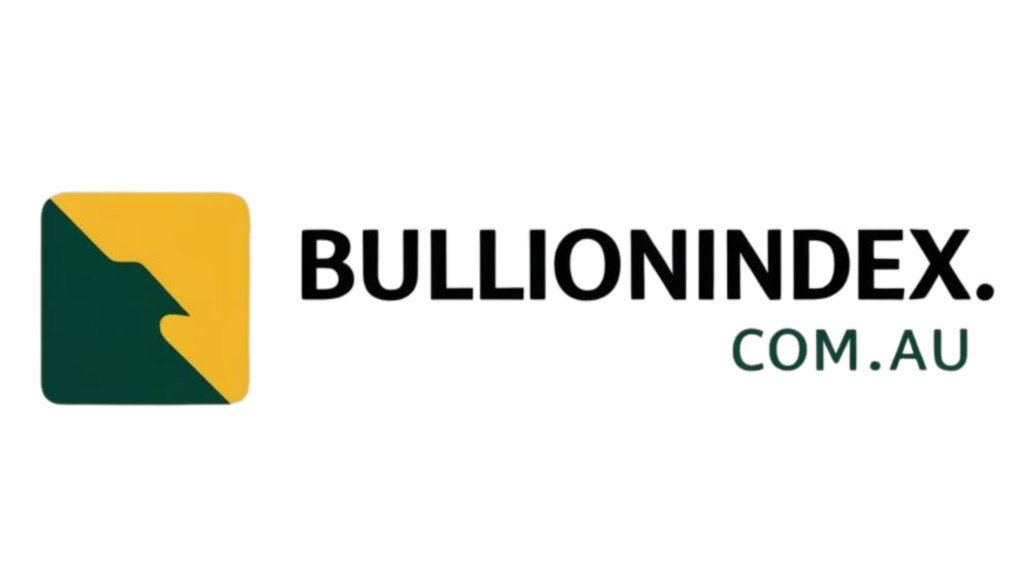Investing in precious metals and copper has become a strategic approach for investors looking to diversify their portfolios. The intricate market dynamics and global trends have driven many to consider these assets as a hedge against market volatility. Additionally, understanding central bank trends has become crucial as governments shift towards physical gold as a more secure asset, as seen in countries like Singapore, Saudi Arabia, and Poland.
Market insights reveal discrepancies in the physical gold market, highlighting the gap between paper trading and actual physical availability. This discrepancy has put pressure on the market, potentially leading to disruptions and increased investor interest. As a result, a careful analysis of the evolving landscape in gold investments is essential to navigate these shifts successfully.
The gold mining sector is undergoing significant transformations, moving away from capital-intensive operations with short mine life cycles towards a focus on financial discipline and improved shareholder returns. Industry leaders are expected to return billions to shareholders, showcasing a shift towards operational sustainability and robust management practices.
Investors are now looking for stable production profiles, disciplined capital allocation, robust cost management, and strong commitment to shareholder returns when selecting companies for investment. These criteria, along with a keen focus on gold price trends and cost efficiency, are vital considerations in the current market environment.
Interest in precious metal stocks has also grown, with companies like Lundin Gold and Dundee Precious Metals demonstrating how to navigate challenging environments while maintaining strong shareholder returns. Moreover, copper has emerged as a crucial long-term investment opportunity due to its role in energy transition and infrastructure development.
Technological advancements are reshaping copper’s role in modern infrastructure, especially in power generation and transmission. The metal’s strategic importance is evident in extensive copper procurements by entities like the Chinese National Grid. Despite challenges in the copper market, patient investors may benefit from potential price adjustments over the coming years.
Investors are increasingly adopting alpha-generating approaches based on comprehensive market analysis and a long-term perspective to navigate the gold and copper sectors successfully. It is essential to maintain adaptable decision-making strategies and understand evolving market dynamics to capitalize on emerging opportunities.
The asset management landscape is reflecting these shifts, emphasizing the importance of strategic investments to navigate volatile markets. The energy transition is highlighted as a move towards energy self-sufficiency rather than mere environmental altruism, showcasing the need for prudent investment strategies.
Investing in precious metals and copper offers a balanced opportunity for capital appreciation and portfolio insulation against market swings. Central bank strategies and consumer demand trends converge to create a compelling investment narrative that appeals to sophisticated investors seeking resilient returns.
Market fundamentals, technological advancements, and geopolitical strategies intersect in the dynamic field of investing in precious metals and copper. By conducting thorough research and implementing prudent investment strategies, stakeholders can leverage evolving market opportunities to their advantage.
📰 Related Articles
- Strategic Role of Precious Metals in Diversified Portfolios
- Platinum’s Rise Over Palladium in Precious Metals Market Shift
- Marmota Enters Strategic Partnership with G4 Metals for West Melton Copper Tenement Sale
- How to Invest in Copper with Southern Copper Corporation: Dividend Insights and Market Outlook
- Global Precious Metals Market Trends: Demand, Prices, and Forecasts






